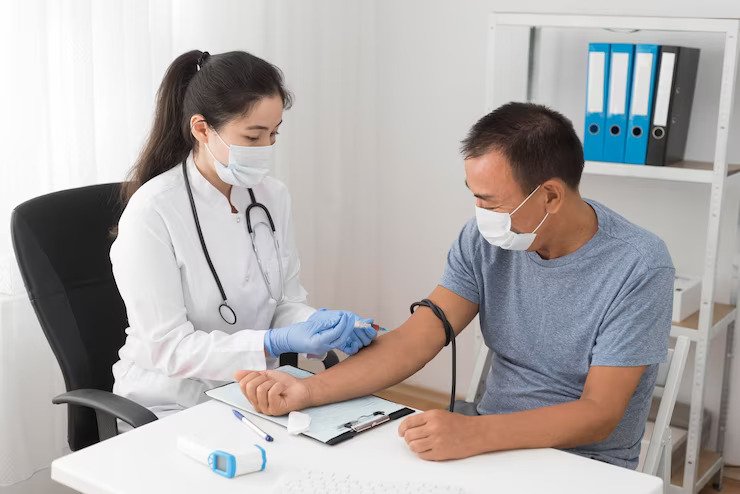Tooth extraction might be frightening, but knowing how it works and having confidence in a skilled dentist in Willowbrook can help allay your fear. Dental extractions are routine procedures that may be required for several reasons. We will delve into dental extractions in Willowbrook in this enlightening blog post, outlining when they might be necessary, and what to anticipate during the procedure.
When Are Dental Extractions Necessary?
- Serious Tooth Decay: When a tooth is seriously decaying and cannot be repaired with fillings or crowns, extraction may be the only practical solution to prevent additional infection or harm to the surrounding teeth.
- Impacted wisdom teeth: Wisdom teeth, often referred to as third molars, frequently lack sufficient room to erupt normally and can thus become impacted, resulting in discomfort, infection, and perhaps even harm to neighboring teeth. Therefore, extractions are frequently recommended.
- Orthodontic Treatment: If the mouth is too crowded, it may be necessary to extract one or more teeth to make room for optimal alignment during orthodontic treatment, such as Invisalign or braces.
- Gum disease: Teeth with severe gum disease may become painfully loose and become infected. It could be necessary to remove these teeth to stop the infection from spreading and prevent the bone and gums from suffering additional harm.
- Trauma: If teeth cannot be successfully fixed after suffering significant damage from accidents or trauma, they may need to be pulled.
The Dental Extraction Process
- Consultation: The first step in your journey is to meet a Willowbrook dentist for consultation. Your oral health will be evaluated, radiographs may be taken if necessary, and treatment options, including whether extraction is necessary, will be discussed.
- Preparation: Prior to extraction, your dentist will walk you through the process, go over your options for sedation or anesthesia, and answer any questions you may have. Additionally, they provided preoperative instructions.
- Extraction: The dentist numbs the area before extraction to ensure that no discomfort is experienced. The tooth was then carefully removed using specialized tools. If a tooth is impacted or is difficult to reach, surgical extraction may occasionally be necessary.
- Post-extraction treatment: Your dentist will provide guidelines for post-extraction treatment. In addition to providing suggestions for food and dental hygiene, this may also contain instructions for controlling discomfort, swelling, and bleeding.
- Follow-Up: You’ll probably schedule a follow-up session to check on your recovery and to address any questions or concerns you might have.
Observations Following Extraction
You should anticipate some soreness and discomfort following tooth extraction in Willowbrook, which can be treated with ice packs and over-the-counter painkillers. To encourage good healing and avoid complications, it is imperative to strictly adhere to the dentist’s post-extraction care recommendations.








